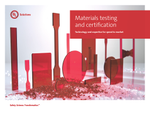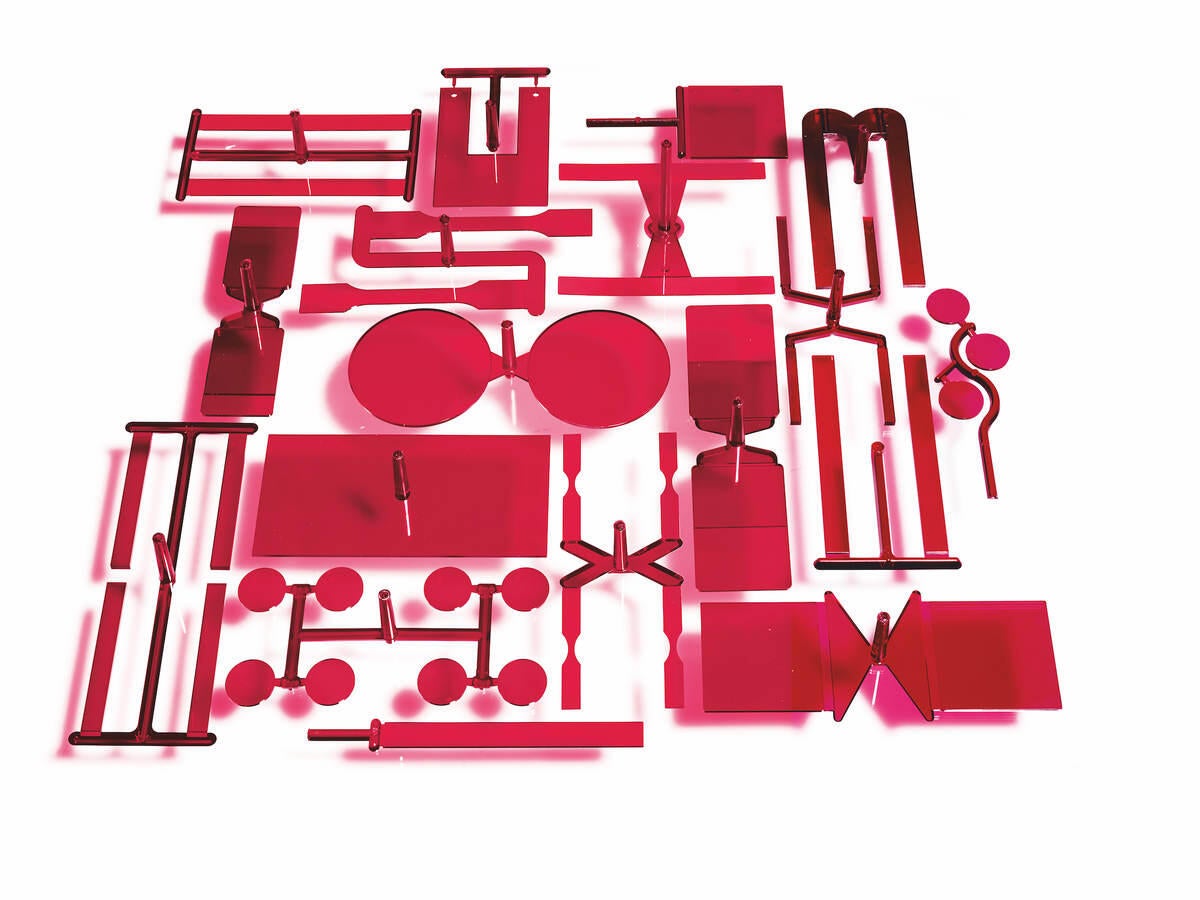
UL Materials Testing and Certification (English)
Heat resistance can be determined according to various standardized test methods such as Vicat and the Heat distortion temperature.

Heat resistance is a measure of the thermal endurance of plastic materials. It describes the ability of a test specimen to retain its shape up to a specified temperature under a specified load or to deform only within specified limits at a specified test temperature.
The UL Solutions Thermoplastics Testing Center can carry out the following heat resistance tests for you.
This test method is used to assess the dimensional stability of plastics as a function of temperature and determine the Vicat softening temperature.
The Vicat softening temperature (VST) is the temperature at which a standard indenter penetrates 1 mm into the surface of a plastic test specimen under a constant load when the temperature is increased at a uniform rate.
Standards for Vicat
UL 746A, ASTM D1525, ISO 306, or equivalent standards
With Vicat, a distinction is made between:
Method A: 10 N load
Method B: 50 N load
as well as between temperature rise rates of 50 K/h or 120 K/h
This material test assesses the dimensional stability of plastics as a function of temperature.
It determines the temperature at which a specified deflection occurs in a specimen positioned on bearings at either end under a defined, concentric load when the temperature is increased at a uniform rate. This value, referred to as the outer fibre strain, is 0.2 % .
Standards for HDT test for plastics
UL 746A, ASTM D648, ISO 75-1/2, or equivalent standards
With heat distortion temperature tests, the standard makes a distinction between three different methods:
HDT, Method A: flexural stress s = 1,8 N/mm² = const.
HDT, Method B: flexural stress s = 0,45 N/mm² = const.
HDT, Method C: flexural stress s = 8,0 N/mm² = const.
This test method is used to determine dimensional stability under stress at elevated temperatures.
It analyses the relationship between the degree of deformation and the temperature when the test specimen is subjected to a constant load.
Standards for ball pressure test
UL 746A, IEC 60695-10-2, or equivalent standards
Results of the ball pressure test method
| Test specimen | 127 mm x 12,7 mm x 3 mm |
| Temperature range | 23 °C bis 300 °C |
| Ball diameter | 5 mm |
| Duration of test | 60 min |
| Weight | 20 N |
Temperature at which the ball produces an indentation measuring 2 mm in diameter.

UL Materials Testing and Certification (English)
Have questions, need specifics? Let's get this conversation started.